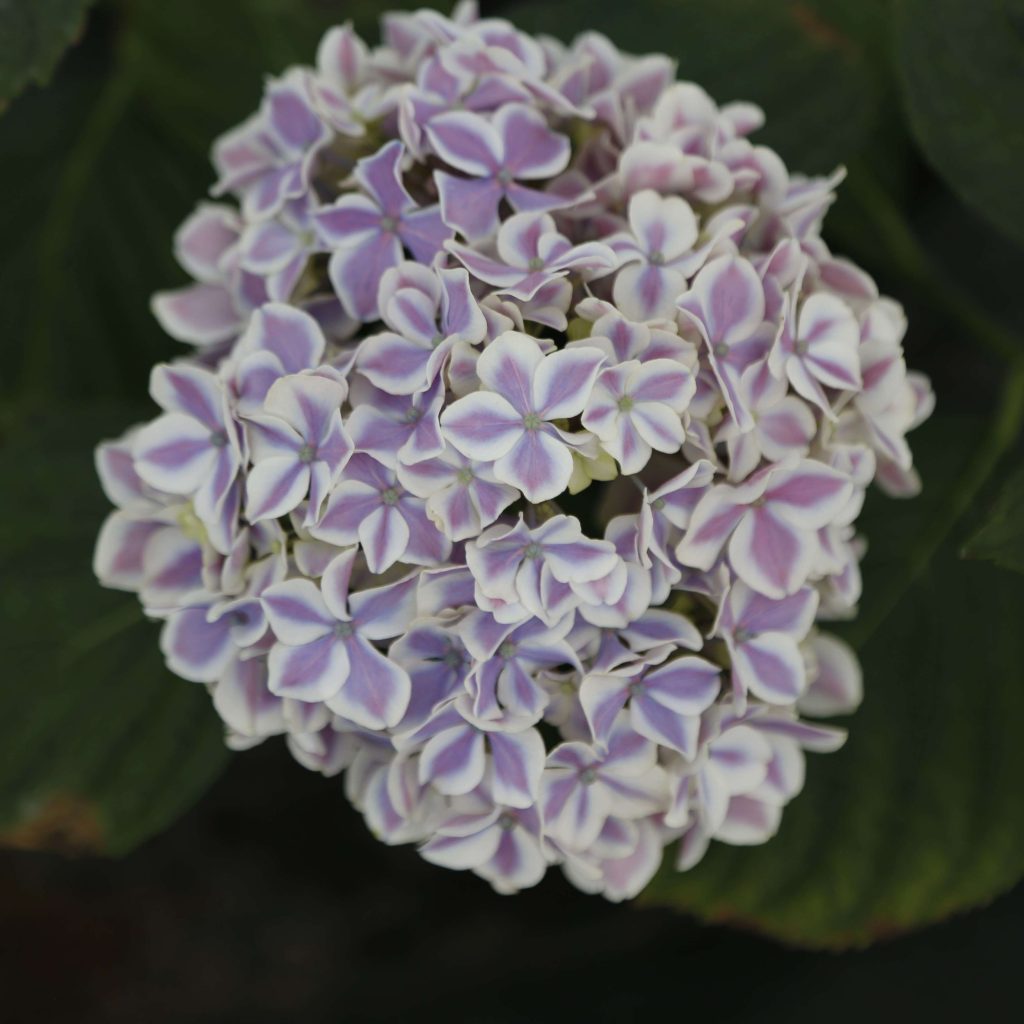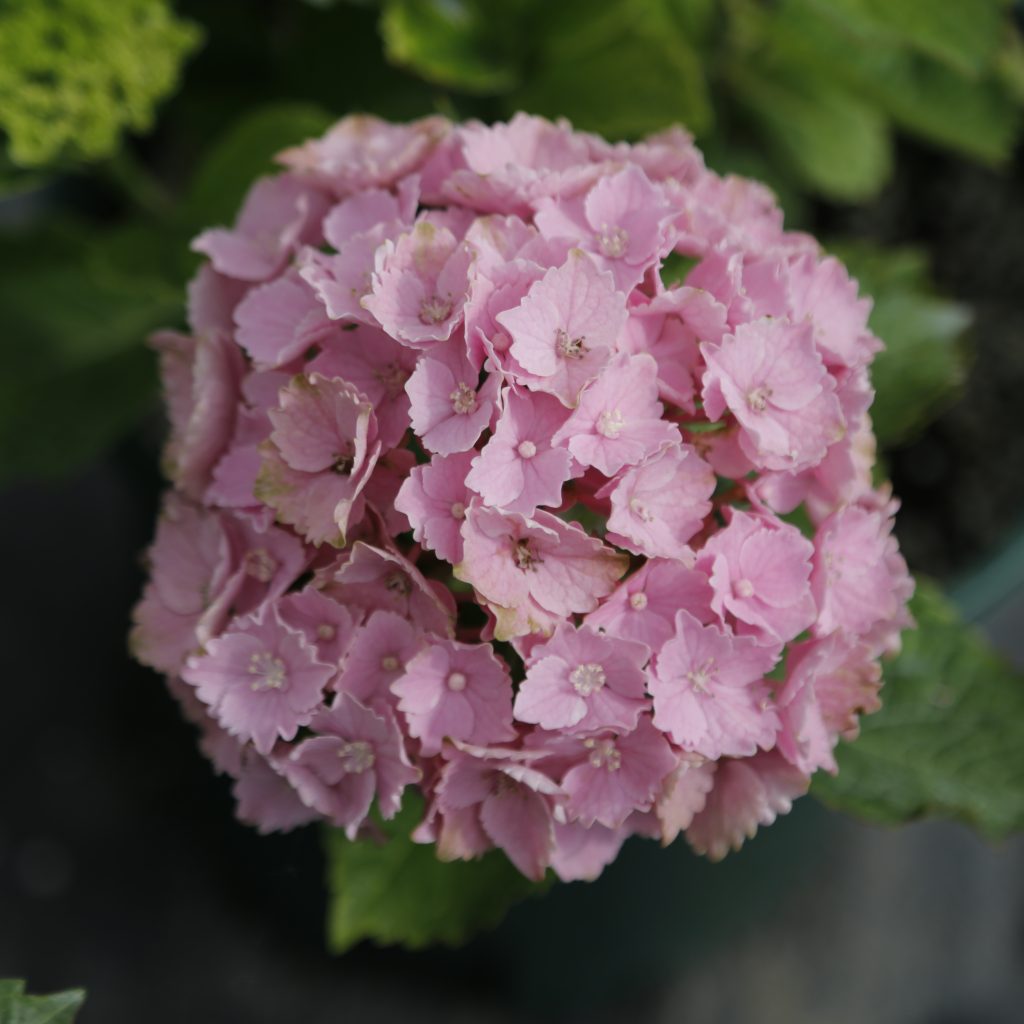Hydrangeas are cherished flowering shrubs known for their stunning and abundant blooms. While they are commonly grown in garden beds, it is absolutely possible to cultivate hydrangeas in containers, bringing their vibrant beauty to patios, balconies, and small spaces. In this article, we will explore the benefits of growing hydrangeas in containers and provide valuable tips to help you successfully grow and maintain these graceful plants.

Benefits of Growing Hydrangeas in Containers:
1. Space flexibility: Container gardening allows you to enjoy hydrangeas even if you have limited garden space. Whether you have a small balcony, courtyard, or patio, growing hydrangeas in containers offers the opportunity to bring their breathtaking blooms to any location.
2. Versatility: Container-grown hydrangeas can be easily moved and positioned to enhance your outdoor space or accommodate sunlight requirements. This flexibility ensures your hydrangeas receive optimal light conditions, encouraging healthy growth and abundant flowering.
3. Temperature control: Containers provide insulation, protecting hydrangea roots from extreme temperatures. This can be advantageous in regions with harsh winters, as containers can be moved to more sheltered areas during cold spells, preventing frost damage.
4. Pest and disease management: When grown in containers, hydrangeas are less susceptible to pests and diseases commonly found in garden beds. This allows for easier monitoring and control of potential issues, promoting overall plant health.

Tips for Growing Hydrangeas in Containers:
1. Choose the right container: Select a spacious container with adequate drainage holes to prevent waterlogging, which can lead to root rot. Opt for a container that is at least 12-16 inches in diameter to provide sufficient space for root development.
2. Soil selection: Use a well-draining potting mix specifically formulated for container gardening. Hydrangeas prefer slightly acidic soil with a pH range of 5.5-6.5. Add organic matter or compost to improve soil fertility and moisture retention.
3. Sunlight requirements: Most hydrangea varieties thrive in partial shade or filtered sunlight. Place your container in a location where it receives morning sun and afternoon shade to ensure the optimal balance of light and shade for healthy growth and abundant blooms.
4. Watering and fertilizing: Hydrangeas require regular watering to maintain evenly moist soil. Avoid overwatering, as this can lead to root rot. Fertilize your container-grown hydrangeas with a slow-release fertilizer formulated for acid-loving plants to provide essential nutrients throughout the growing season.
5. Pruning and maintenance: Prune your hydrangeas in late winter or early spring, removing dead or damaged branches and maintaining a desired shape. Deadhead spent flowers to encourage continuous blooming.
6. Winter protection: In colder regions, insulate the container with straw, bubble wrap, or horticultural fleece during winter to protect the roots from freezing temperatures. Move the container to a sheltered location, such as a garage or shed, to provide additional protection.
Growing hydrangeas in containers offers a versatile and rewarding gardening experience, allowing you to enjoy the breathtaking beauty of these flowering shrubs in even the smallest of spaces. With the right container, appropriate soil, proper positioning, and diligent care, you can cultivate thriving hydrangeas that delight you with their lush foliage and abundant blooms. Embrace container gardening to create your own oasis of vibrant hydrangeas, adding a touch of elegance and charm to your outdoor environment.

